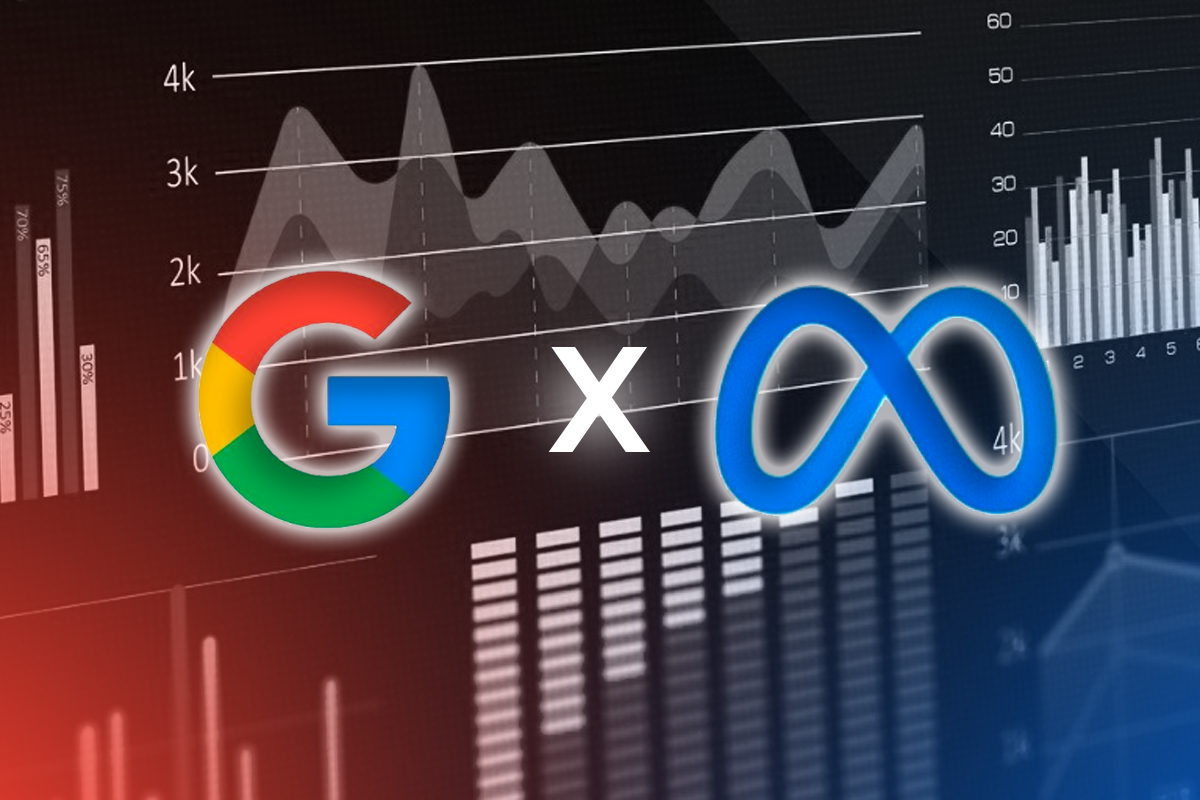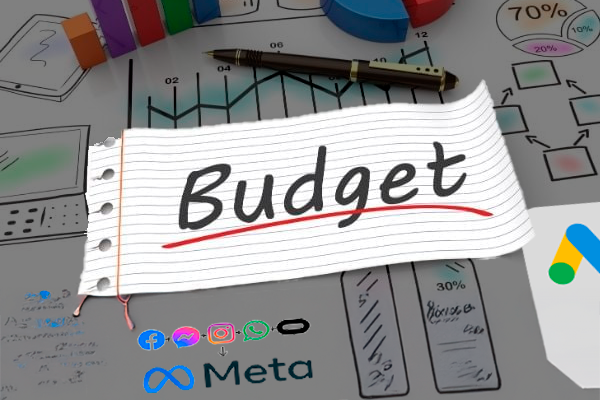One of the most important decisions you’ll make as a traffic manager is where to run your ads.
The wrong platform can waste budget and limit your reach, while the right one can amplify your results dramatically.
Choosing wisely requires understanding your audience, goals, and the strengths of each platform.
Why Platform Choice Matters
Different advertising platforms have unique:
- User demographics – who is on the platform
- Content formats – images, videos, stories, search ads, etc.
- Cost structures – CPC (cost per click), CPM (cost per thousand impressions), CPA (cost per acquisition)
- Behavior patterns – why and how people use the platform
A great campaign on Facebook might flop on LinkedIn — and vice versa — simply because the audience and context are different.
Step 1: Define Your Campaign Objective
Before choosing a platform, ask: What am I trying to achieve?
- Brand awareness → Platforms with massive reach like Facebook, Instagram, or YouTube
- Lead generation → LinkedIn, Google Search Ads, or Facebook Lead Forms
- Direct sales → Google Shopping Ads, Instagram Shopping, TikTok Ads
- App installs → Google App Campaigns, TikTok Ads, Facebook Ads
Clear objectives will guide both platform choice and ad format.
Step 2: Identify Where Your Audience Spends Time
Knowing your target audience is half the battle. Consider:
- Age range (TikTok is younger, Facebook skews older)
- Location and culture (some regions use specific networks more)
- Professional vs. casual use (LinkedIn vs. Instagram)
- Preferred content types (video, short text, long-form articles)
Example:
If your audience is 18–24 and loves short-form video, TikTok Ads will likely outperform Google Display.
Step 3: Understand the Strengths of Major Platforms
Here’s a quick breakdown of popular ad platforms:
- Facebook & Instagram Ads: Broad targeting, strong retargeting, visual creatives, multiple formats
- Google Search Ads: Best for high-intent searches — people actively looking for a product or service
- Google Display Network: Wide reach, brand awareness, visual banners
- YouTube Ads: Excellent for storytelling, product demos, and tutorials
- LinkedIn Ads: Ideal for B2B, high-quality leads, professional targeting
- TikTok Ads: Short, engaging videos, trend-driven content, younger audiences
- Pinterest Ads: Great for lifestyle, fashion, food, and home improvement niches
Step 4: Consider Your Budget
Some platforms are more expensive than others, depending on competition and audience:
- LinkedIn Ads: High-quality leads but higher CPC
- Facebook Ads: Affordable for most niches, but competition can raise costs
- Google Search Ads: Highly competitive in certain industries (e.g., legal, insurance)
- TikTok Ads: Generally lower CPC for now, but requires creative, engaging videos
Your budget will affect how long you can test and optimize campaigns.
Step 5: Match Platform Format to Your Creative Assets
If you already have strong video content, prioritize YouTube, TikTok, or Instagram Reels.
If you have blog posts or educational content, Google Search Ads and LinkedIn Sponsored Content may perform better.
The platform should amplify your strengths — not force you to create completely new assets unless necessary.
Step 6: Start Small and Test
Instead of spreading your budget across multiple platforms at once:
- Start with 1–2 platforms where your audience is most active
- Test different ad formats and targeting
- Measure cost per result and ROI
- Scale the platforms that deliver the best returns
This reduces waste and accelerates learning.
Step 7: Keep an Eye on Trends and Updates
Advertising platforms evolve quickly:
- TikTok’s ad targeting is becoming more advanced
- Facebook frequently changes its algorithm and targeting rules
- Google Ads continues to add automation features
Stay updated through platform blogs, webinars, and communities so you can adapt your strategy.
Pro Tips for Platform Selection
- Don’t choose based solely on popularity — choose based on fit for your audience and goals
- Leverage retargeting across multiple platforms for higher conversion rates
- Use analytics to track performance by platform and adjust budgets accordingly
- Be ready to pivot if results aren’t meeting expectations
The Bottom Line
The “best” advertising platform depends on your audience, objectives, and resources.
By starting with clear goals, understanding your audience’s habits, and leveraging each platform’s unique strengths, you can place your campaigns where they’ll make the biggest impact — and get the most out of every dollar spent.



